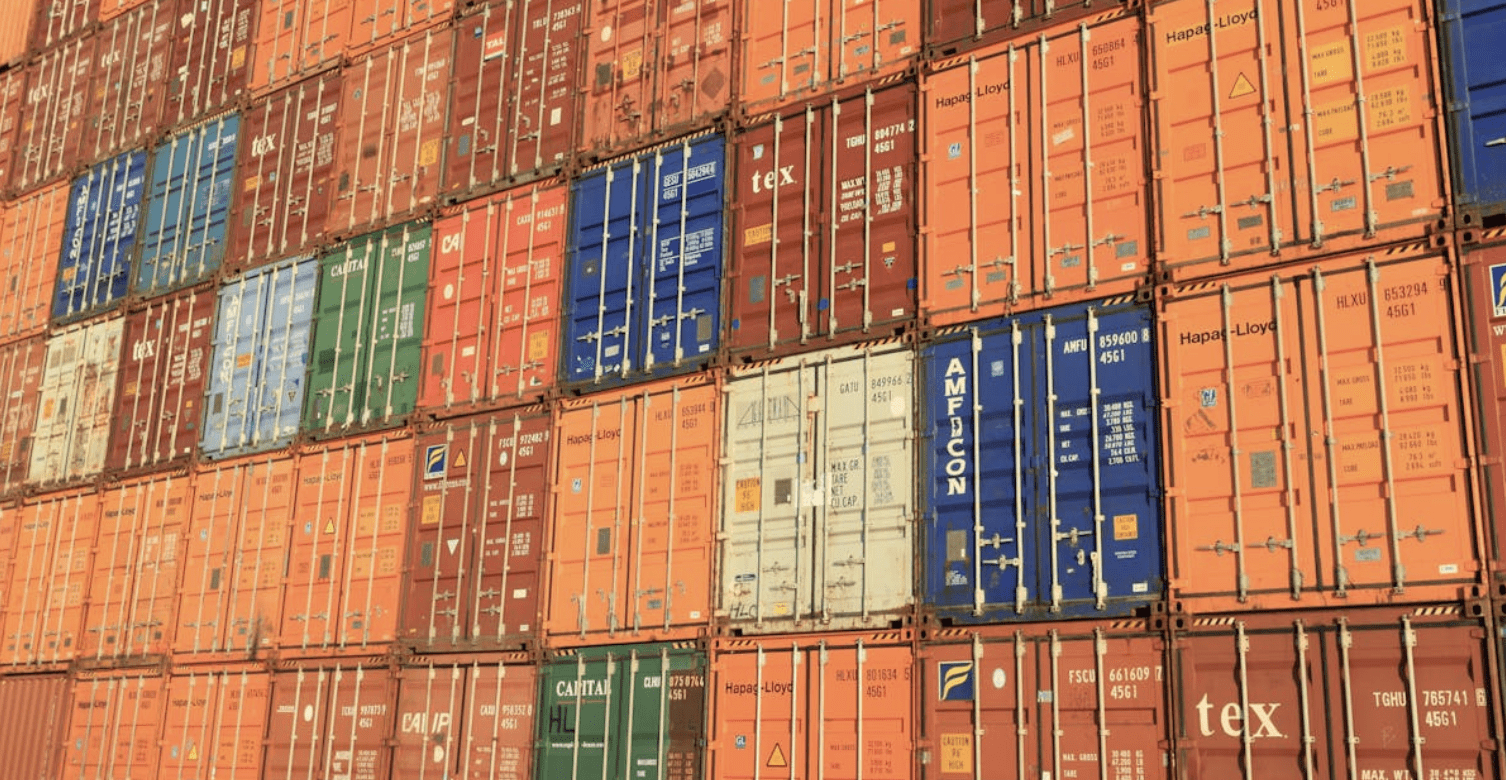Canada, Mexico and the CUSMA Review: Hanging Together is Better than the Alternative
 ‘Together, Canada and Mexico account for just over a third of US trade,’ writes Colin Robertson/Pexels
‘Together, Canada and Mexico account for just over a third of US trade,’ writes Colin Robertson/Pexels
By Colin Robertson
November 19, 2024
Ontario Premier Doug Ford and Alberta Premier Danielle Smith are right to focus attention on the looming review of the Canada-US-Mexico agreement – what Canadians call CUSMA — scheduled for 2026. Alberta’s oil and gas exports and Ontario-made auto parts and assembled vehicles are our most valuable exports to the United States, generating jobs and income that benefit all Canadians.
While Alberta and Ontario especially rely on the US, it is also the main market for every Canadian province and territory. Each has a stake in the coming negotiations. The provinces have also shared constitutional authority when it comes to trade so they must have a place at the table as Canada plans its negotiating strategy, and be consulted on the endgame. In making their remarks, Premiers Ford and Smith have reminded Canadians of our working federalism.
But the suggestion from Ford and Smith that Canada should abandon Mexico and cut a separate deal with the incoming Trump administration is wrongheaded.
First, Mexico is a valued trade partner.
In the thirty years since we’ve negotiated the trilateral NAFTA, Mexico has become our third-largest trading partner after the US and China. Canadian investments in mining, manufacturing and banking make Mexico one of our most important investment partners. More than two million Canadians fly south each winter to enjoy sunshine and explore Mexican culture.
Second, Mexico is a vital partner when we negotiate with Washington.
We share a common approach on many of the issues on which the US will come at us for concessions. As then Commerce Secretary Wilbur Ross put it last time, it was for Canada and Mexico to give and for the US to get. That hasn’t changed. Donald Trump’s approach, outlined in his Art of the Deal, is to divide and conquer, and in one-on-one negotiation apply American preponderance. So why would we do his work for him before we even begin?
Together, Canada and Mexico account for just over a third of US trade, which gives us some leverage although for both of us the relationship is asymmetrical. The US accounts for three quarters of Canadian exports; for Mexico it is over 80 percent.
Third, study after study, most of them conducted by eminent Americans and US think tanks, have all concluded that the North American platform has everything necessary to be the leading economic bloc – energy and resources, talent, technology and innovation in life sciences and information technology plus a market of almost half a billion people. As multilateralism gives way to rival trade blocs, why would we give up on what we have already achieved in North America?
As multilateralism gives way to rival trade blocs, why would we give up on what we have already achieved in North America?
George H. W. Bush, arguably the wisest and most astute of recent American presidents on geopolitics, recognized that bringing Mexico into the North American economy would be the best way to guarantee its economic salvation. Economic success would also curb mass migration, as well as the danger that Mexico would devolve into a failed narco-state, with enormous implications for its neighbours.
Mexico’s industry and prioritization of education has fostered a growing middle class devoted to democracy. Still, the threats posed by crime, drugs and migration across its southern frontier persist. Canda could and should do more to help. Our development assistance should prioritize our North American neighbourhood.
The Mexicans have just changed their judicial system. We and the US, as well as many Mexicans, have misgivings. It is their choice, but we can share our experience of our own judiciary as we have done with Ukraine and other evolving democracies.
It takes two to tango. The hard leftist populism of recently retired Mexican president Andrés Manuel López Obrador did not jibe with the progressivism of either Joe Biden or Justin Trudeau. Despite Biden’s efforts, the North American idea took a holiday.
Mexico now has a new president, Claudia Sheinbaum. She and Mr. Trudeau met this week on the margins of the G-20 summit. It is in the interest of both our nations that our leaders work together and start planning now for what will be onerous and difficult negotiations with the Trump team.
We will not agree on everything. The new Mexican government, like its predecessor, does not appear to share fundamental US and Canadian concerns on Chinese investment. On issues such as the border, we will each do things our own way. As we did in past negotiations, we may choose to go in different directions at various stages.
But when it comes to getting ready for the oncoming CUSMA review, we should start by working together. Better we hang together or, assuredly, Mr. Trump will see to it that we hang separately.
Contributing Writer Colin Robertson, a former career diplomat, is a fellow and host of the Global Exchange podcast with the Canadian Global Affairs Institute in Ottawa.
